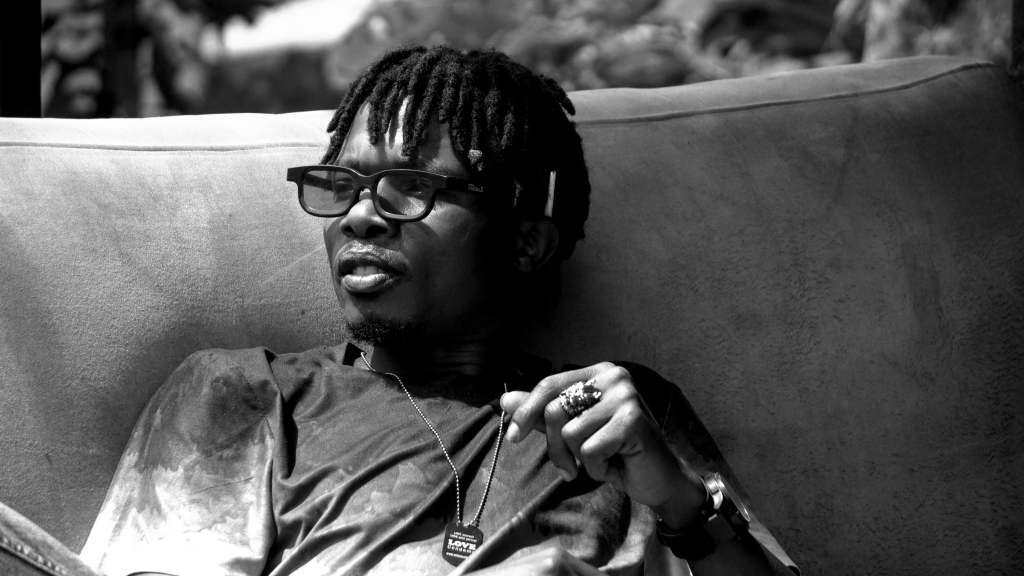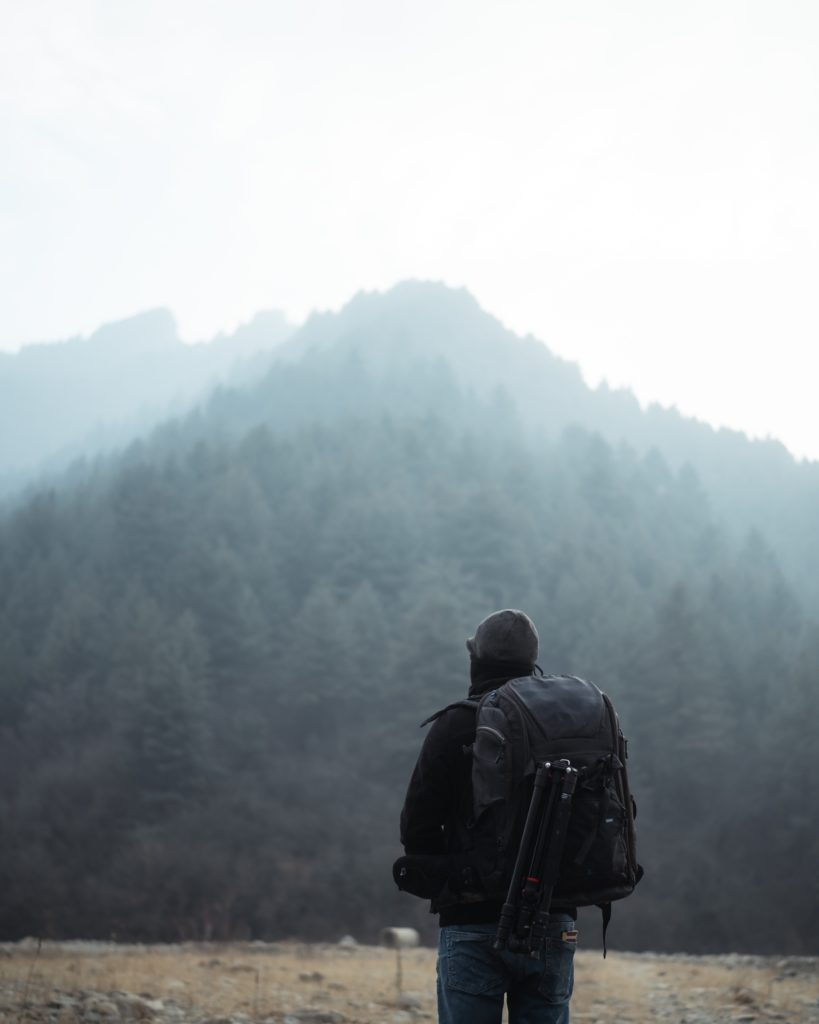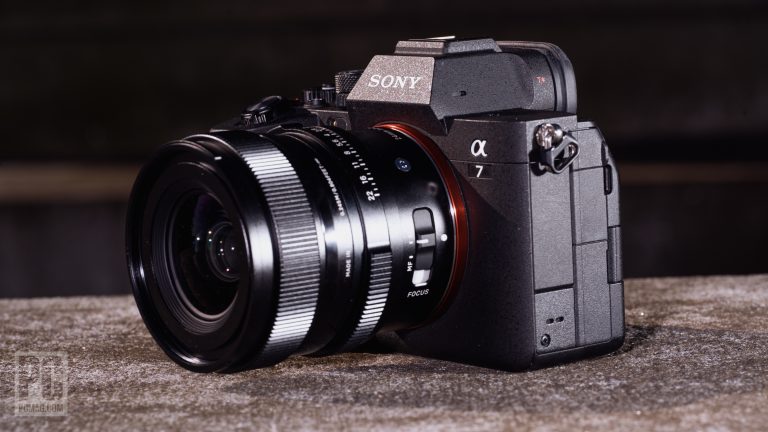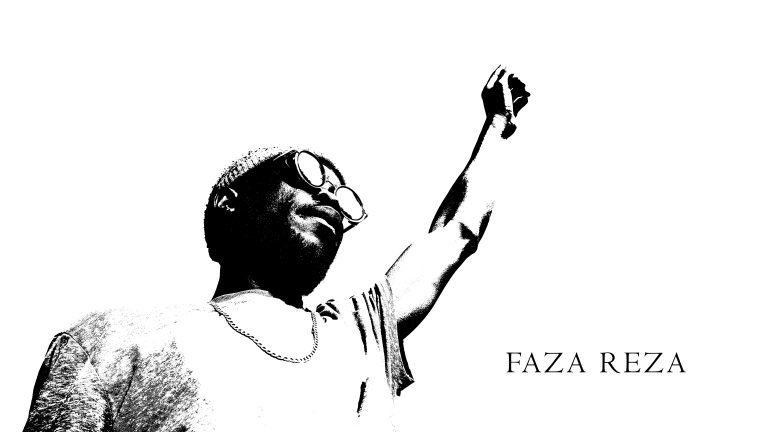The Essence of Music Videos in the Arts Industry
Music videos are an important part of the music industry in Uganda and East Africa. They help artists to showcase their talent, creativity and style, as well as to promote their songs and albums. Music videos also reflect the culture, identity and social issues of the region, and sometimes spark controversy or debate.
In this blog post, I will explore some of the trends, challenges and opportunities of music videos in Uganda and East Africa, and highlight some of the most popular and influential videos of recent years.

https://open.spotify.com/artist/1B7lPe90PjfhDekd5VBTxv?si=-IK0uc_kQW6ElgthDfKmIg
Trends
One of the most noticeable trends in music videos in Uganda and East Africa is the use of dance as a central element. Dance is a powerful way of expressing emotion, energy and rhythm, and it also attracts viewers’ attention and admiration. Many artists collaborate with professional dancers or choreographers to create impressive dance routines that showcase their skills and personality. Some examples of dance-oriented music videos are:
– Sitya Loss by Eddy Kenzo, which features a group of talented children from the Ghetto Kids dance crew. The video went viral in 2014 and received over 25 million views on YouTube. It also won several awards, including the BET Viewer’s Choice Award in 2015.
– Jerusalema by Master KG ft. Nomcebo Zikode, which is a South African song that became a global hit in 2020. The song inspired a viral dance challenge that saw people from different countries and backgrounds dancing to the catchy tune. The official video has over one billion views on YouTube, making it one of the most-viewed African music videos of all time.
– Tweyagale by Eddy Kenzo, which is another upbeat song that features energetic dancing by the artist and his crew. The video was released in 2020 and has over 30 million views on YouTube. It also won the Best African Act Video at the 2020 All Africa Music Awards (AFRIMA).
Another trend in music videos in Uganda and East Africa is the use of local scenery and landmarks to showcase the beauty and diversity of the region. Many artists choose to shoot their videos in natural or urban settings that reflect their identity and culture, as well as to attract tourism and investment. Some examples of scenic music videos are:
– Love Nwantiti by CKay ft. Joeboy and Kuami Eugene, which is a Nigerian-Ghanaian collaboration that was shot in Kampala, Uganda. The video features stunning views of the city skyline, hills and lakes, as well as iconic landmarks such as the Independence Monument and the Gaddafi National Mosque.
– Sauti Sol ft. Burna Boy – Afrikan Star, which is a Kenyan-Nigerian collaboration that was shot in Nairobi, Kenya. The video showcases the vibrant and cosmopolitan life of the city, as well as its cultural heritage and diversity. The video also features the Nairobi National Park, which is one of the few urban wildlife parks in the world.
– John Blaq – Mpa Collabo, which is a Ugandan song that was shot in Jinja, Uganda. The video highlights the natural beauty and adventure of the town, which is known as the source of the Nile River and the home of bungee jumping and rafting in East Africa.

https://open.spotify.com/artist/4Dinr11o7PnLgn2aQwExhL?si=CFZFKJ1ZT6635j6jt3aEIA







